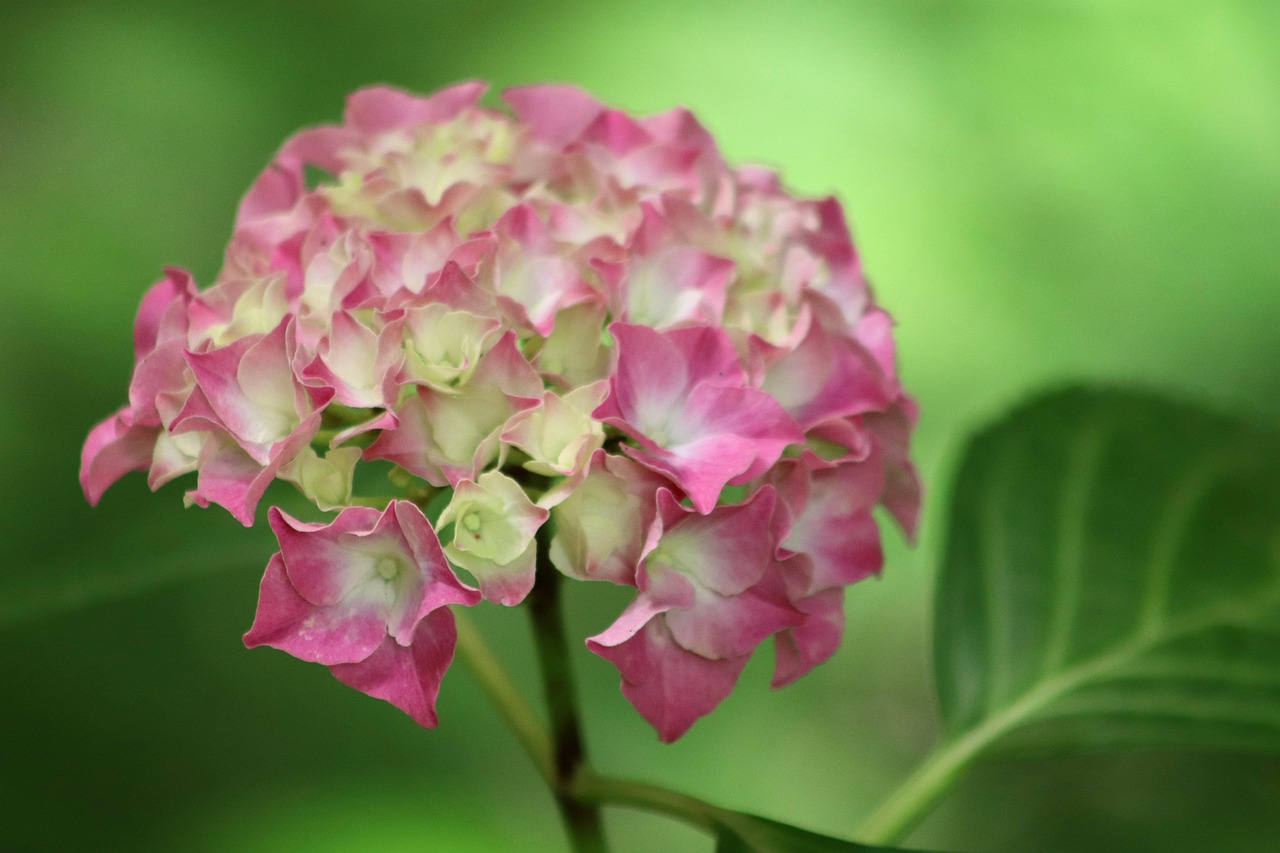August in Southeastern Wisconsin brings hot, humid days and warm nights—perfect for lush growth, but also demanding extra care in the garden. As the peak of summer shifts toward early fall, your beds and borders need attention to stay healthy, productive, and beautiful. Here are five essential tips to keep your August garden thriving in Zone 5:
1. Water Deeply and Mulch Wisely
August heat can stress plants and dry out beds quickly. Aim to water in the early morning, when temperatures are cooler and evaporation is minimal. Give your shrubs, vegetables, and annuals a deep soak—about 1–1½ inches of water per week—rather than quick, shallow sprinkles. This encourages roots to grow deeper, making plants more drought-tolerant.
After watering, replenish or add a 2–3-inch layer of organic mulch (shredded bark, composted leaves, or straw) around your plants. Mulch helps retain soil moisture, suppress weeds, and moderate soil temperature. Just be sure to keep it a few inches away from stems and trunks to prevent rot.
2. Scout for Pests and Fungal Issues
Warm, humid conditions are ideal for pests and diseases. Check plants daily for signs of trouble:
- Japanese beetles on roses, grapes, and ornamentals—handpick early in the morning.
- Squash vine borer on pumpkins and squash—watch for wilting vines and bore holes at the crown.
- Powdery mildew on cucurbits and ornamentals—remove severely affected leaves and improve air circulation.
- Aphids and whiteflies on tender new growth—blast off with a garden hose or apply insecticidal soap.
Rotate watering methods away from overhead sprinklers to reduce leaf wetness, and treat any outbreaks promptly with organic options like neem oil or horticultural oil.
3. Harvest, Preserve, and Succession Plant
Your summer crops—tomatoes, beans, peppers, cucumbers—should be coming in strong now. Harvest regularly to encourage continued production and prevent over-ripening. Preserve bounty by canning, freezing, or fermenting excess.
At the same time, plan for a fall harvest:
- Direct-seed fast-maturing greens (arugula, spinach, lettuce) and root crops (radishes, beets) in mid-August.
- Transplant seedlings of kale, broccoli, and cabbage started indoors earlier.
- Sow cilantro and parsley for autumn flavor, and consider snap pea plantings for a late-season treat.
4. Deadhead, Divide, and Feed Your Flowers
Keep flower beds looking their best by deadheading spent blooms on annuals and perennials like petunias, rudbeckia, and coneflowers. This prevents seed set and redirects energy into new growth.
August is also an ideal time to divide overgrown perennials—daylilies, hostas, and phlox benefit from division to maintain vigor. Lift clumps, separate them into smaller sections, and replant immediately with fresh compost or organic matter. After division, give them a light feeding with a balanced, slow-release fertilizer to support recovery before cooler weather sets in.
5. Plan Ahead for Fall and Lawn Health
As summer winds down, begin prepping for fall plantings and winter lawn health:
- Clean up any fallen leaves, spent annuals, and vegetable debris to reduce overwintering pests and diseases.
- Top-dress perennial beds with well-aged compost to boost soil structure and nutrient levels.
- Order spring-flowering bulbs (tulips, daffodils) now to ensure the best selection; store them in a cool, dark place until planting in September.
- For your lawn, consider aeration and late-summer overseeding in mid-August, followed by a light application of high-nitrogen fertilizer to encourage root development before frost.
Keep Your Garden Thriving!
By following these August gardening tips—wise watering, vigilant scouting, timely harvesting and succession planting, flower-bed maintenance, and fall preparation—you’ll set your garden up for success through the end of the season and into spring.
For all your supplies, seedlings, and expert advice, visit Heritage Hill Nursery at 10801 Pleasant Valley, Cedarburg, WI 53012, or explore our offerings online at heritagehillnurseryinc.com. Happy gardening!

